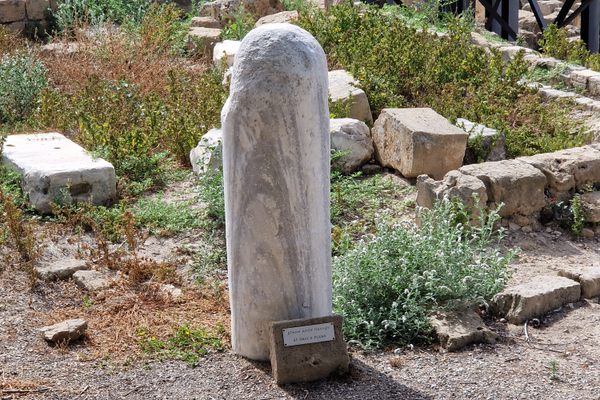About
The Norman Winchester Cathedral is arguably the prime example of medieval design and architecture. Dating from 1079, the cathedral retains much of its original qualities, that is with the exception of its unmissable Great West Window. Unlike the stained glass windows of almost every church and cathedral across the world, let alone Britain, Winchesters' immense Great West Window does not depict biblical scenes, the history of the ancient capital, or anything discernible in fact. The Great West Window of Winchester Cathedral is instead a rather polychromatic patchwork of mismatched colors and shapes. But, this psychedelic pattern is the result of events far preceding the swinging 60s.
Beginning in 1642, England saw seven years of Civil War between parliamentarians and royalists. The Parliamentarians, or Roundheads, opposed the unchecked power of King Charles I, while the royalist Cavaliers, believed Charles had the divine right to rule however he desired. The Roundheads were ultimately victorious, turning the nation into a republic for over a decade.
Early in the war, Winchester was captured by roundhead forces, who, joyous at their early success, celebrated by looting the city's castle for its plentiful stores of alcohol. Leaving a path of drunken damage, the soldiers set their sights on the city’s 11th-century cathedral. Believing the cathedral may contain untold riches, the soldiers rode their horses directly in and eagerly began their twisted treasure hunt.
Delving and desolating, the soldiers disinterred English kings, queens, and bishops who had been buried up to 1,000 years earlier. The Roundheads, puritan and iconoclastic in faith, discarded these bones with derision, launching them, alongside musket shots, through the intricate stained glass of the cathedral’s original Great West Window.
The citizens of Winchester, outraged by the wanton destruction and desecration but powerless against the Roundhead army, soon set about salvaging the precious debris that now littered the cathedral floors. The gathered glass, alongside saintly skeletons and royal remains, were sequestered in homes across the city. These treasures were safeguarded for almost 20 years.
After the restoration of the monarchy, the remnants were reunited as the city set about mending the blighted cathedral. It was beyond 17th-century skill to group the muddle of bones with others that originally shared a skeleton, meaning that various bishops and royals were commingled with much regret and reinterred. Similarly, it was impossible to return the ancient window to its former majesty. Instead, a multicolored mosaic of many colors took form using the salvaged shards, with the addition of clear glass to fill the many residual gaps.
Though recreating the Biblical scenes and saints originally illustrated through the cathedral's stained glass was a puzzle too far, the reconstructed window, in its kaleidoscopic splendor, told a new story of salvation and resurrection.
Related Tags
Community Contributors
Added By
Published
October 20, 2022



























